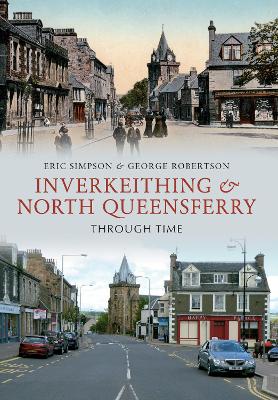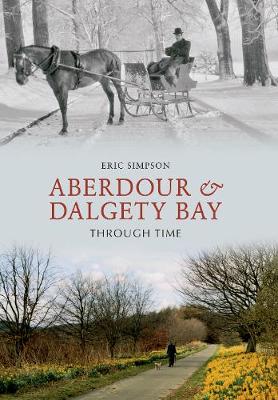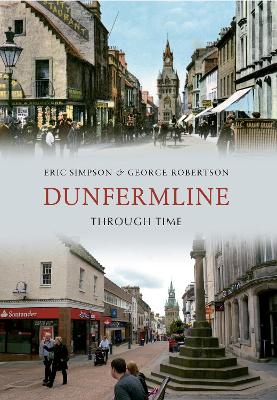Through Time
3 total works
Inverkeithing & North Queensferry Through Time
by Eric Simpson and George Robertson
Published 15 October 2011
Inverkeithing was created a royal burgh in the twelfth century owing to its importance as a port and its strategic position on the King's Highway linking north and south. This strategic position owed much to its proximity to its wee neighbour of North Queensferry at the northern end of the Queensferry Passage. From the time of Queen Margaret the Queensferry Passage, now replaced by rail and road bridges, has been a vital artery of traffic.Inverkeithing, now bereft of other former industries of paper-making, pottery manufacture and ship-building is now largely a residential town. But it retains at its core, its medieval plan and many of the features of a historic Scottish burgh. These include a traditional Scottish tolbooth, a fine auld mercat cross and the essential wide central square. North Queensferry is home to a popular sea life centre, appropriately housed in an old quarry.
In the 1800s, Aberdour, a sleepy village on the Firth of Forth, was revived when it was 'discovered' as a retreat for sea-bathing and restful holidays. When day-trippers in their hundreds spilled out of excursion steamers, it wasn't so peaceful. As a residential village nowadays, it is a quiet, douce wee place again, but one that still appeals to the type of visitor who appreciates the atmosphere that first brought 'strangers and sea-bathers' to this part of the Fife Riviera. Dalgety Bay couldn't be more different. A 1960s private enterprise 'new town', Dalgety Bay is though a new town with surprising links to the past from the medieval through the wartime years to the present era of rapid change. Incorporated in the town since the 1980s are the inland villages of Hillend and St Davids Harbour. The latter was once a busy wee port as the outlet for coal from nearby Fordell carried there by a railroad dated back to the eighteenth century.
Dunfermline is an ancient royal burgh which has played an important role in the history of Scotland. With its medieval abbey and attached royal palace, it was for long a seat of royalty. The royals with a close association with Dunfermline included the saintly Queen Margaret and King Robert the Bruce, and Charles I was born there. When handloom weaving gave way to the power loom and the factory system. the auld grey toun underwent a veritable revolution. In the twentieth century, the town has undergone further significant change. In the early part of that century it benefited from the generous benefactions of its most famous son Andrew Carnegie. Thanks to its proximity to booming Edinburgh, the auld grey toun has grown in size and population. The images in Dunfermline Through Time illustrate some of the many ways that social and industrial change has transformed the auld royal burgh.


